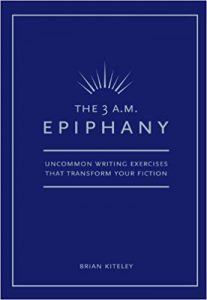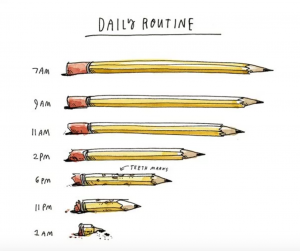If you’re thinking about preparing a small craft talk or lecture this semester, here’s one strategy to get you started off on the right foot. An excellent resource I’ll be drawing from:

Here’s what Norman Eng advises:
- Open a lesson by connecting and engaging with your audience: Ask a question, offer a statistic, anecdote, quote, or an analogy. Generate ideas around a few of these possible openings, and choose the one that would be most appropriate for your subject matter, the course, and your learners.
- Build in an activity: a discussion, debate, survey, or a case study in small groups. This shifts the focus from listening to actively participating in the learning. You, y’all, we (aka Think-Pair-Share) is an easy to plan yet effective learning tool to try out at the 15 minute mark.
- End your lecture or craft session with either an opportunity for learners to share or an opportunity to assess their own learning. A “one-minute essay” on the subject and how it relates to their own writing practice, or three main points they gleaned from your lecture will reinforce what the audience learned.
Further resources:
Presentation Style, Performance:
https://hbr.org/2013/06/how-to-give-a-killer-presentation
Instructional Skills:
Back to Basics: A Review of Mike Schmoker’s “Focus”
Episode 10: In Praise of Think-Pair-Share
Writing Prompts
A writing prompt is a great activity for the mid-section of your lecture! Even a 5 minute warm-up or free write can be really satisfying for students:
Poets & Writers website has weekly writing prompts, and an excellent archive:
https://www.pw.org/writing-prompts-exercises
Brian Kitely’s 3 AM Epiphany and 4 AM Breakthrough collect a wonderful range of fiction prompts:

If you need any support or are interested in tracking down resources, let us know!
Happy crafting!




